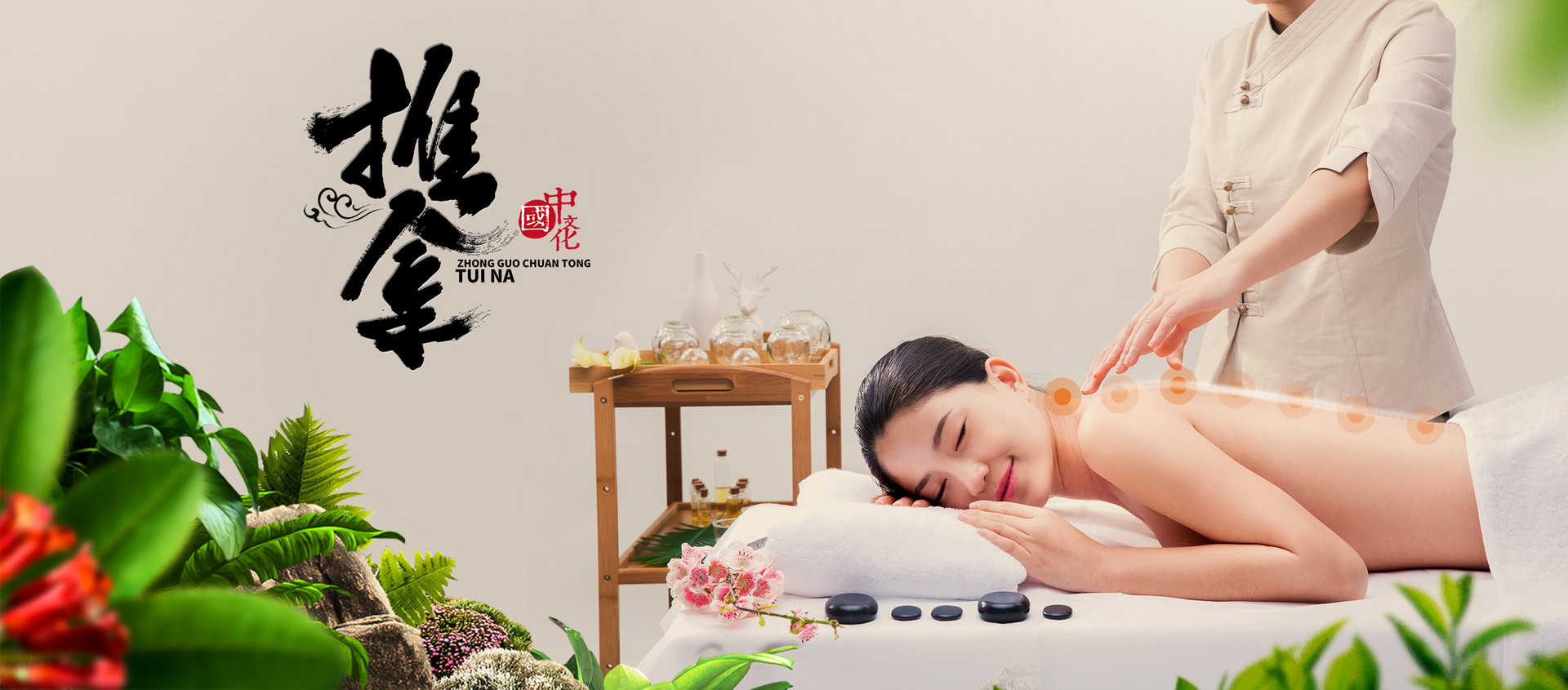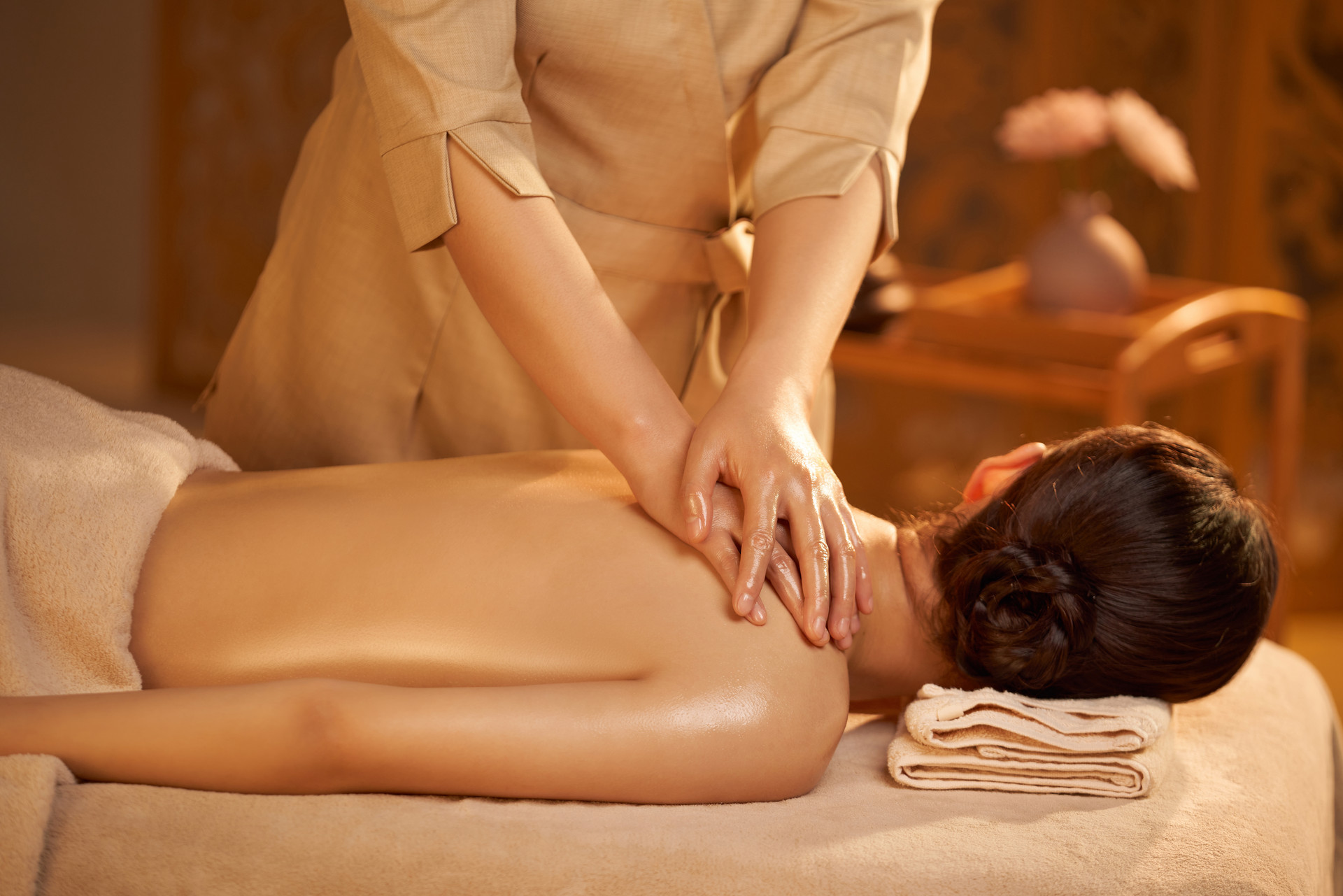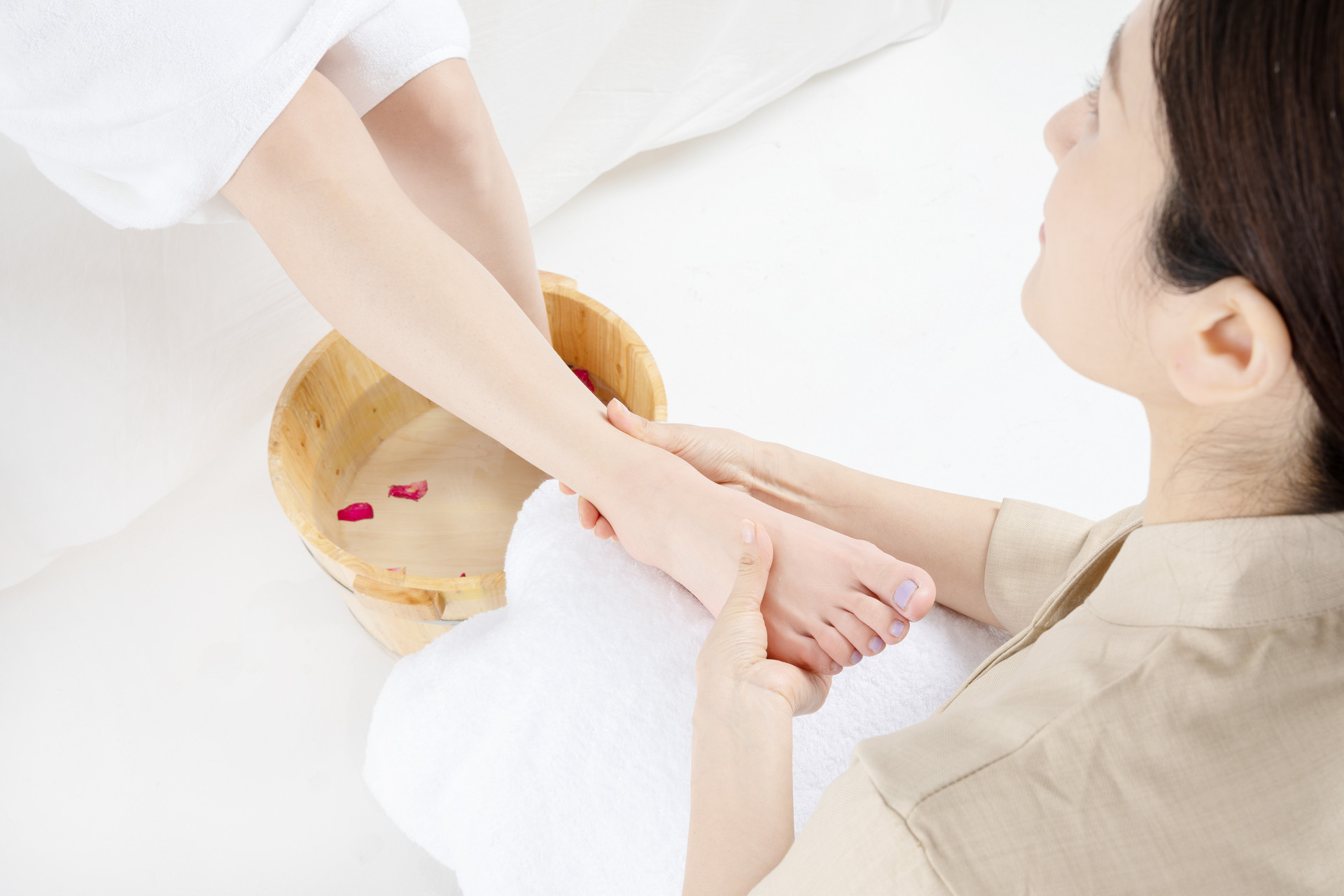Child Tui Na is currently a popular health care method for children. It is simple and easy to learn, mainly using massage techniques to regulate the baby's physical health, and it has a good effect on improving children's loss of appetite, constipation, and poor sleep. Today, I will introduce how Tui Na massage helps children build a strong and healthy body. Let's take a look at my specific introduction below.
Tui Na strengthens the spleen and lungs in children
Children's health concerns the whole family, especially in the autumn and winter seasons when children are prone to illness. From diarrhea and fever to pneumonia and coughing, the health of babies is a matter of concern. As early as in "Neijing", it was recorded that "treating diseases before they occur". Tui Na massage for children's health care has a good effect on disease prevention.
Method 1: Strengthening the Spleen and Stomach
The spleen and stomach are the foundation of postnatal life and the source of qi, blood, and nutrition. All the nutrients needed for the growth and development of children require the spleen and stomach for digestion and absorption. However, the organs of infants and young children are weaker, and their qi circulation is not sufficient. The spleen is often deficient and easily affected by diet and external pathogens. Tui Na massage can strengthen the spleen and stomach, improve appetite, regulate blood and qi, enhance the physical fitness of children, and promote their growth and development.
Specific steps: The child sits, and their left hand is fixed. Rub the spleen meridian (rotate and push with the thumb tip) 500 times, perform the Internal Bagua (the parent's thumb presses the child's palm, making a circle with the center of the palm as the center, about 2/3 of the radius) 300 times, pinch and rub the four transverse lines (located on the palm side of the index, middle, ring, and little fingers' metacarpophalangeal joints, there are four points on one hand) for 3-5 minutes, and pinch and rub the Zusanli point (3 inches below the lower edge of the patella, on the outer side of the anterior tibial crest) 300 times.
The child lies supine, and the parent's palm or four fingers are placed on the child's abdomen, massaging the entire abdomen in a clockwise direction 500 times.
The child lies prone, exposing the back. First, use the index and middle fingers to gently massage the sides of the spine from top to bottom 2-3 times, then pinch the spine (pinch the skin along both sides of the spine, lift and push forward, from the sacrococcygeal region to the occipital region) 3-5 times, and then use both thumbs to deeply press the Spleen Shu point (1.5 cun from the lower edge of the 11th thoracic vertebra spinous process, on both sides) and the Stomach Shu point (1.5 cun from the lower edge of the 12th thoracic vertebra spinous process, on both sides) for 3-5 times. Note: The 11th thoracic vertebra is located at the position corresponding to the navel on the back, and it protrudes upward. The third protrusion from the top is the 11th thoracic vertebra.
Method 2: Strengthening the Lungs and Wei Qi
Colds, fevers, coughs, and asthma are all closely related to the lungs of children. Traditional Chinese medicine believes that the lungs are vulnerable to external pathogens due to their nature as a clear and weak organ. Tui Na massage can enhance the function of the lungs, prevent the occurrence of external diseases.
The child sits in a sitting position, and the parent takes the child's right hand. Massage the Lung meridian (push towards the root of the finger using the fingertip of the ring finger) and the Spleen meridian (same method as above) 500 times each, and rub the Outer Labor Palace (below the fingertip of a clenched fist) 300 times.
The child lies supine, and the parent massages the Lung Shu point (3rd thoracic vertebra spinous process, 1.5 cun on both sides), the Spleen Shu point (11th thoracic vertebra spinous process, 1.5 cun on both sides), and the Liver Shu point (9th thoracic vertebra spinous process, 1.5 cun on both sides) 50 times each. Lift and pull the Shoulder Well point 3-5 times, and rub the Feng Chi point (depression between the sternocleidomastoid muscle and the upper end of the trapezius muscle) and the Feng Fu point (on the back of the neck, straight up from the center of the posterior hairline, down along the prominent slope on both sides between the trapezius muscles) to an appropriate degree of heat.
Note: It is better to complete the massage under the guidance of a doctor, usually on an empty stomach, once a day. Apply talcum powder to the hands during the massage. Pay attention to keeping the room warm, and dress the child immediately after the massage.
Tui Na medium refers to the lubricant applied to the skin of the acupoints during the Tui Na massage. The medium can play a comprehensive therapeutic role in Tui Na and medication, achieve the purpose of treating diseases, and also lubricate and protect the skin, making the techniques more flexible. Generally speaking, for superficial conditions, external treatments like onion juice, ginger juice, and peppermint juice are used. For blood stasis conditions, blood-activating and stasis-removing drugs such as safflower chicken oil ointment are used. For heat conditions, cool drugs are used as the medium, such as peppermint juice, pig bile juice, and diluted bamboo leaf extract.











